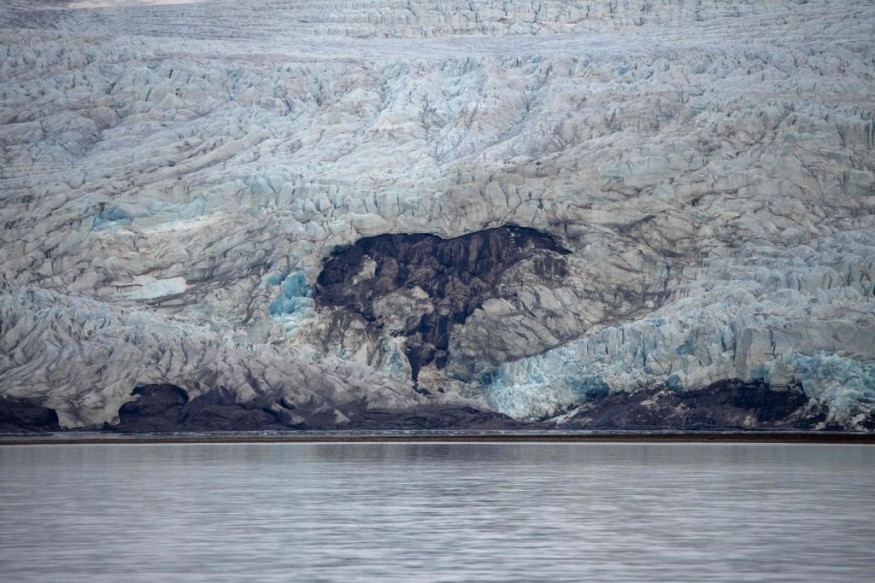
Experts warned against potential threats brought by the thawing permafrost. Due to global warming, the melting ice may release dangerous pathogens and radioactive waste.
Furthermore, experts fear that radioactivity, as well as deadly germs and infections, might arise, endangering nature and humans as these are the recent dangers in a continuously thawing region, where photos of sinkholes produced by erupting gas become commonplace. Since as temperature heats the permafrost ice melts, releasing stored gas emissions from the ground.
"It's essential to comprehend the various potential implications of these massive Earth phenomena, such as glacial melting," said the primary investigator of the article and a climatologist at NASA's Jet Propulsion Laboratory, Kimberley Miner in an ESA public statement.
"While we have caught a few of the risks involved with the thawing of up to a millennium of substance, we are still a long way from having to analyze and forecast precisely when and where they will occur. This study is crucial."
Dangerous Bacteria and Viruses Another Risk of Melting Ice
Over summertime, a team of investigators revealed the identification of 28 virus infections in a glacier in Tibet.
Aside from their tough exteriors, these pathogens are often far sufficiently removed from us that our body systems may fail to detect them as dangers.
During the month of March, scientists claimed discovering deep-sea microorganisms that were unidentifiable to mammalian cells. The Ice is melting nearly three times faster than the rest of the earth, prompting academics to race to grasp the tremendous speed of adjustment.
The hypothesis is that when such microorganisms defrost, they will mingle with surface water and disseminate across the ecosystem, eventually resulting in the emergence of new strains of probiotic bacteria.
"These are microorganisms that biologically compatible with huge sloths or mammoths, and we have no clue what they could do if unleashed into our environments," she expounded.
Aside from previously locked-away gases, co2, germs, and infections, there is also the danger of coal ash and toxins that were buried below and will now permeate into the ecological system.
The authors report that radioactive waste substances have been stockpiled in the Arctic since mid-1950s, after Soviet nuclear experimentation commenced in the territory, and that over 100 obsolete warships have been destroyed in the Kara and Barents Oceans. Prior studies identified plutonium and radioactive cesium in ice, silt, flora, and soils that were analyzed for radioactive substances.
It doesn't even begin to address what melting earth may (and in some cases, is) does for facilities. Defrosting permafrost led to a major gasoline leak in Russia's Arctic during summer. According to study released in 2018, crumbling soil may threaten 4 million inhabitants in the Arctic, as well as one-third of all industry in the region.
To the ESA climate and earth expert, Diego Fernàndez, "NASA and ESA are teaming up to enhance collaborative interaction all across Atlantic to guarantee we create sound research and expertise so that decision-makers are equipped with the necessary data to aid solve these concerns."
This is a cautious message that human-caused global change is an unusual study, and we cannot forecast all of its consequences. If climate change continues unabated, new illnesses may be the least of our concerns.
© 2026 NatureWorldNews.com All rights reserved. Do not reproduce without permission.





